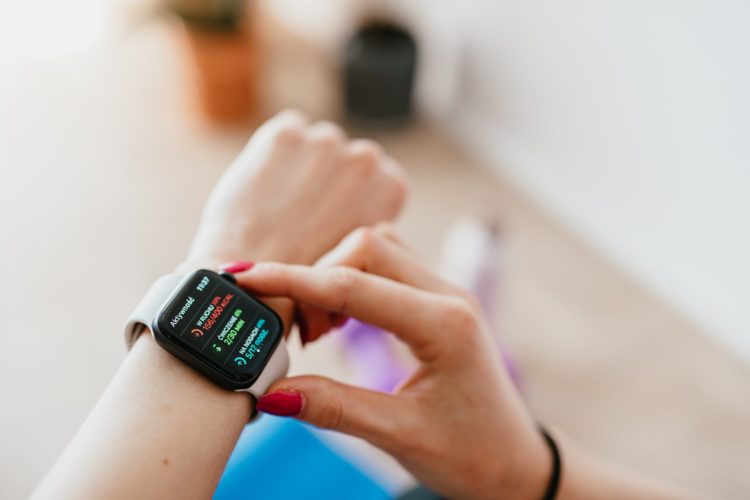Singapore’s critical infrastructure in hospitals and medical facilities have become ground zero in the fight against the COVID-19 pandemic, putting a strain on operational capacity.
Social distancing measures and an increased emphasis on hygiene and contact tracing have created additional workload for hospitals, taking a toll on their administrative staff.
While the pandemic has highlighted these challenges on hospital infrastructure, it also shines a light on what happens at the operational level, and the role of the digital ‘backbone’ that supports it.
The digital infrastructure – primary services required for the functioning of information technology (IT) capabilities of an organisation is very crucial in the case of hospitals, and even more so in a pandemic.
Often, hospitals’ digital infrastructure has become fragmented and complex due to silos, which prevent hospitals from functioning in a coordinated and structured way. This invariably leads to less efficient delivery of healthcare services or even severe consequences for patients.
The pandemic has also exacerbated the complexities brought on by digitalisation as hospitals have to comply with technology demands such as contact tracing, contactless surfaces, wearable medical devices, telehealth and 5G mobile technology.
While hospitals are at different points of the digital transformation journey, the level of hospital efficiency and patient care rests on the ability of a hospital’s digital health infrastructure to adapt and update to new technologies, medical machines, devices and systems.
Thus, a hospital’s IT department plays a pivotal role in creating a digital infrastructure to overcome digital and physical silos that exist from the ground-up.
Such a unified monitoring approach provides hospital administrators with a consolidated view of both physical and virtual IT infrastructure, and support employees with standard tasks which can be done more effectively using technology.
This can reduce the silos leading to a more efficient infrastructure that can impact the overall structure of the institution. Having a comprehensive view can also help to ensure that patients’ data privacy is maintained securely without comprising operational efficiency.
So, the question remains, how can Singapore’s hospitals prioritise the implementation of unified monitoring to reduce the silos in their IT infrastructure?
Communication between medical systems
Like other industries, the medical sector uses standard protocols to facilitate communication between the integration engine and remote systems such as administrative and X-ray computers. The DICOM (Digital Imaging and Communications in Medicine) protocol is used in hospitals for storing and transmitting digital medical images.
The HL7 protocol (a set of international standards for the transfer of clinical and administrative data between software applications used by various healthcare providers) is commonly used to transfer patient and administrative data.
Having a unified monitoring system allows for the monitoring of these protocols to be standardised, leading to fewer inefficiencies within the system.
Integration of medical systems with IT infrastructure
With innovations in the Internet of Things (IoT), medical devices are now integrated and can send and receive data via a common network with one another. However, they do not offer the same possibilities for monitoring as other IoT devices due to the limitations of the current IT protocols which they are reliant upon.
This is where a unified monitoring solution can help IT managers have a holistic view of their medical facility’s infrastructure spanning IT, medical devices and even CCTV.
Reducing IT complexities of hospitals’ Integration Engine
The challenge of monitoring steps up a notch when the IT infrastructure has to integrate both internal and external structures and devices. The complex IT environment of software, hardware, protocols and more, are all linked together by an integration engine which is a central hub connecting them.
The status of the integration engine working is monitored by a RESTful (Representative State Transfer) API (application programme interface) application that allows hospital IT staff to keep track of memory usage, disk space, CPU usage and more.
It is, therefore, imperative that hospitals employ unified monitoring to keep tabs on the integration engine, as when it goes down, the RESTful API might not be accessible. Unified monitoring can be a backup which performs the same function as RESTful API.
While the battle with COVID-19 continues, hospitals need to overcome the complexities of digitalisation to improve organisational effectiveness and efficiency. While digitalisation has increased the efficiency of patient care, it also comes with its challenges, due to lax security systems, outdated IT infrastructure and medical software and machines operating in silos.
With the adoption of unified monitoring, hospitals can break down digital silos and better monitor existing IT infrastructure and focus more on what they do best – protect and save lives.





